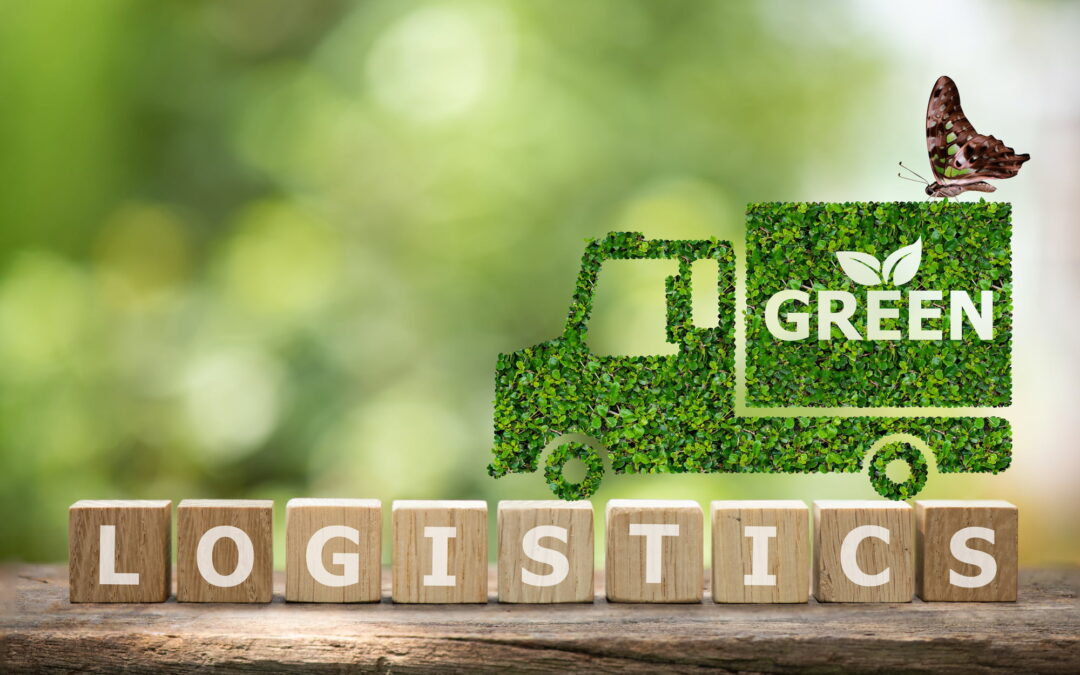Over the last decade, the trucking industry’s push towards green logistics has expanded. Carrier companies across the U.S. are becoming greener along with their supply chains. In domestic shipping, green logistics implements sustainable practices to minimize the environmental impact. This can include using zero-emission trucks or employing eco-friendly operations. A combination of technological advances and regulatory measures has streamlined the shift to greener trucking. The transition to eco-friendliness will become increasingly crucial as the number of trucks on the road continues to grow. While this article is about moving cargo domestically, international shipping has also pushed toward sustainability.
Why Are Carriers Moving Towards Sustainability?
The transition to sustainability in the trucking industry results from its impact in global warming. Transportation is the U.S.’s most significant producer of greenhouse emissions and the second producer globally. Trucking produced approximately 413 million metric tons of CO2 (carbon dioxide) in 2022. As the amount of CO2 rises, minimizing the carbon footprint has become essential. The Environmental Protection Agency (EPA) recently announced new heavy-duty emission standards to combat the emissions. Beginning with model year 2027 carriers, a percentage of heavy-duty carriers must be zero-emission. By 2032, 30% of vocational heavy-duty trucks must be zero-emission. The EPA will also require 40% of small-distance cabs to be zero emission.
Along with reducing global warming, trucks are becoming greener due to other advantages. A common benefit is the savings that green trucking can have. One of the most significant expenses in the industry is fuel costs, which have been skyrocketing recently. Another benefit is the increase in public health. Trucking is one of the most significant emitters of pollutants in the air globally, and on a large scale, environmentally friendly operations will create a healthier world. A greener shipping company is also beneficial to a business’s public image, which can attract customers. With plans for the U.S. to have net-zero carbon emissions by 2050, a greener transportation industry is a vital step.
How Is The Trucking Industry Making The Push Towards Green Logistics?
One of the main ways the domestic shipping industry is pushing towards green logistics is by using EVs. EVs or Electric vehicles are trucks or other automobiles that do not use internal combustion engines. Instead, they use electricity from chargeable batteries, and there can be different types of EVs. For example, EVs can include regular EVs, HEVs (Hybrid Electric Vehicles), and FCEVs (Fuel Cell Electric Vehicles). Trucks also adopt green logistics using alternative fuels like compressed natural gas and renewable diesel. Another way is by using technology to create more efficient road optimization. Telematics systems can monitor speed, fuel usage, duration, and traffic patterns to find optimal shipping routes for carriers.
Optimizing delivery routes reduces the time the carrier remains idle and in traffic. This helps cut fuel consumption and decreases the amount of CO2 carriers emit into the atmosphere. Other green logistics practices include eco-driving training and aerodynamics technologies to improve fuel efficiency. The trucking industry has also implemented stricter regulations and standards to decrease emissions. While it may be a while before the trucking industry is fully green, shippers still require domestic goods transportation. Contact A1 Freight Solution at info@a1fsinc.com or 786-375-9420 for a quote for moving cargo across the U.S.

